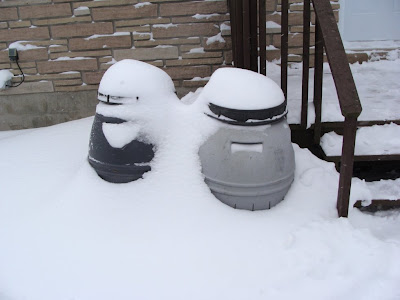
Well, actually this is week 3 of school, but last week I made rice krispie squares (just melted marshmallows and butter with rice krispies stirred into them), which didn't really merit a post all to themselves. Although I am pleased to report that the children preferred them to the official Rice Krispie equivalent snack that we've bought in the past.
This week's snacks are cinnamon buns.
Ingredients
For the dough
1 pint warm milk (at body temperature)
1 tablespoon sugar
1 teaspoon vanilla extract
1 egg
2 teaspoons dried yeast
4-5 cups of flour
1 teaspoon cinnamon
For the filling
1 tablespoon butter
Cinnamon
Brown sugar
Mix the yeast, sugar and milk together. Stir in the egg and then add the cinnamon enough flour to make a dough that you (or your mixer/breadmaker) can knead. I used about four cups of white bread flour and one cup of wholewheat. Knead it for 5 minutes or so, then roll out the dough into a large rectangle, making sure there's enough flour on the work surface so that the dough won't stick to it later on. Actually, getting the dough into a rectangle isn't possible, but something vaguely resembling a rectangle is fine.
Melt the tablespoon of butter and brush it over the dough. Sprinkle cinnamon and brown sugar over the top of the butter. Here's how mine looked at that point:

Clearly not a rectangle!
Then you need to roll it up from one of the longer sides:

This gives you a long sausage-shape which you then need to slice up. I need 20 buns (one for each child for each meal break: they have two meal breaks a day, which seems odd to me but the school says it works well, so fair enough). To make it easier I cut the dough into four first, then each of the four into five buns. If you're into precision, you could measure them to make sure they're even, but I didn't bother.

Arrange the sliced buns into a greased tray or dish and leave them to rise in a warm room, until they're looking as though they've filled out a bit. This will depend on the temperature, so can take up to an hour. Here are mine before rising:

When you're happy with their size, put them into a pre-heated oven at 400°F/200°C/Gas Mark 6 for about 20-25 minutes. I gave mine a brush of milk and sprinkled them with some white sugar before baking them.
These will keep in an airtight container for the week. I'd put the container in the fridge if the weather was hot and humid. Not that I think that's going to be a problem this week...
Am I going to be able to keep this snack-making activity going into a fourth week of school? Watch this space...

































